U.S. Senate | U.S. House | Governors
this
page
updated Nov. 7, 2018; economy chart added Dec. 28, 2018
Will the Blue Wave Materialize or Can Republicans Defy History?
Buoyed by successes in 2017, Democrats are hoping for a wave election as happened in 2010. Historically the president's party has not done well in the first midterms. Democrats, particularly on the left, are energized (1, 2, 3); they have done well in the 2017 off-year elections (+) and in special elections (1, 2). Some see the prospect of not just a wave but a tsunami. Many observers believe Democrats will be able to reclaim the majority in the U.S. House, but the Senate is seen as a much more difficult task. The effects may extend to state offices as well (+).Accomplishments
Candidate Trump confounded the pundits in 2016, and it is entirely possible that President Trump could do so. The economy is, according to many indicators, doing well (1, 2). Trump has followed through on major promises such as appointing conservative judges, cutting regulations, cracking down on illegal immigration (1, 2), and pursuing fairer trade agreements (+). Trump's selection of Brett Kavanaugh to succeed Supreme Court Justice Anthony Kennedy set off a contentious debate but was widely lauded by conservatives (+). Trump's base appears solid, and the Republican Party has lined up behind him with just a handful of exceptions (+). Trump himself is leading the Republican effort, motivating his base, holding rallies and fundraising (1, 2, 3, 4, 5). The Republican National Committee seems to be doing well (+), pointing to record fundraising, while fundraising at the Democratic National Committee has been lackluster (+).
Tumult
Yet the seemingly never-ending string of lies and misleading statements (1, 2), outrages, and scandals (+) continues. The Mueller investigation loomed like an ominous, rumbling cloud throughout the entire midterm period, threatening the administration but never unleashing a downpour (+). Still there were plenty of other storms. Trump's performance at the joint press conference with Russian President Vladimir Putin at their summit meeting in Helsinki on July 16 drew widespread criticism, being variously described as disgraceful, humiliating, a fiasco, and even treasonous (+). Former White House aide Omarosa Manigault's book Unhinged (Gallery Books, Aug. 14) was poorly reviewed, but her taped conversations made a splash. On Aug. 21 a jury found former Trump campaign chairman Paul Manafort guilty of eight of 18 counts of bank and tax fraud, and Trump's former attorney and fixer Michael Cohen reached a plea agreement and pleaded guilty to eight counts including bank and tax fraud and a campaign finance violation (+). Bob Woodward's latest book, Fear: Trump in the White House (Simon & Schuster, Sept. 11) provided more fuel for critics, as did an anonymous Sept. 5 op-ed ("I Am Part of the Resistance Inside the Trump Administration") in the New York Times (+).
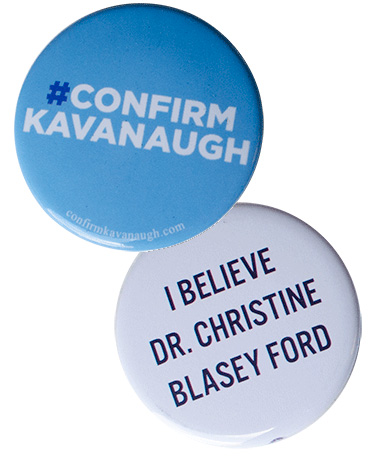
The last month-plus of the campaign was a tumultuous period. Allegations against Kavanaugh surfaced late in the confirmation process, leading to the high stakes hearing on Sept. 27 during which Christine Blasey Ford and Judge Brett Kavanaugh testified. After a pause for a limited FBI investigation, the Senate voted to confirm Kavanaugh by a vote of 50 to 48 on Oct. 6. The bruising battle epitomized the toxic political environment (+). The debate over Kavanaugh, concluding one month before Election Day, appeared to energize Republicans. There was a sense that the blue wave had dissipated, to the extent that there were even some references to the "blue puddle." The Senate seemed almost certain to remain in Republican hands, and there seemed to be a growing possibility that the House might as well.
But, there was still a month to go, time for more unsettling developments. The disappearance of journalist Jamal Khashoggi in the Saudi consulate in Istanbul, Turkey on Oct. 2 and reports of his brutal killing filled the news for weeks. On Oct. 20 Trump announced that the United States would pull out of the Intermediate-Range Nuclear Forces Treaty (INF), signed by President Reagan and General Secretary Gorbachev in 1987. The discovery of pipe bombs mailed to 13 prominent Democrats and critics of Trump in the latter part of October spurred intense discussion about whether Trump bore any blame. Some of Trump's supporters posited the bombs were a "false flag" operation, but the suspect, arrested on Oct. 26, was found to be a fervent Trump supporter. The mass shooting at the Tree of Life synagogue in Pittsburgh on Oct. 27 added to the unease.
Throughout the closing weeks of the campaign Trump turned to an old standby, immigration. He milked the migrant caravan story to the limit. The group started in Honduras with fewer than 200 people on Oct. 12, growing at one point to more than 7,000 people according to some reports, but it then shrunk considerably as it made its way northward. Nonetheless Trump ordered 5,200 active-duty military to the Mexican border, a move derided by many as a costly stunt. Further playing up the immigration issue, Trump suggested he might end birthright citizenship with an executive order.
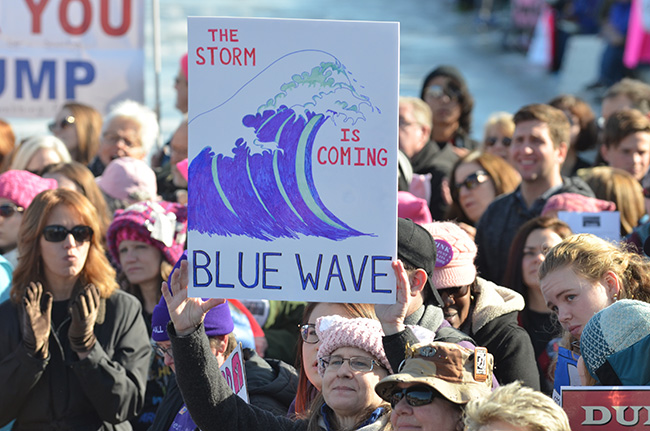
The myriad resistance efforts that sprang up in the aftermath of the 2016 election seemed likely to help propel Democrats to victories in 2018, the much vaunted "blue wave." A record number of women are running for governor, U.S. Senate, U.S. House (+) and state legislatures (+), many of them Democrats (>). The Center for American Women and Politics (CAWP) at Rutgers notes that some of the same factors that made 1992 the "Year of the Woman" are present in 2018: a large number of women candidates, a large number of open seats, and men behaving badly (>).
Democrats did face the danger of what Washington Examiner senior columnist Michael Barone termed "Trump Derangement Syndrome." While one of the Democrats' central arguments is the need for a check on Trump, they need to do more than just run against Trump. Certainly there are plenty of issues to be discussed: the merits and effects of Republican tax cuts/"tax reform" (1, 2, 3), health care, immigration (+), gun control and 2nd Amendment rights, tariffs, trade and trade wars (1, 2, 3), Trump's pullout from the Iran deal, North Korea (1, 2) and Trump's pullout from the INF. Trump several times threatened a government shutdown if Congress did not provide funding for his border wall, although this did not materialize. The most prominent issue is health care; Wesleyan Media Project reported that its analysis of broadcast TV ads through Oct. 15 fround that 54.5 percent of pro-Democratic airings in federal races in 2018 mentioned health care as did 31.5 percent of Republican airings; all told health care "appeared in 38 percent of all federal airings since January 1, 2017, as well as in 23 percent of all gubernatorial ads in the cycle... (>)."
On a parenthetical note, Congressional Democratic leaders did unveil a series of policy proposals under the rubric of "A Better Deal (>)" in 2017-18. The first of these, announced on July 24, 2017, was a "pledge to fight for good-paying, full-time jobs with a promising future for 10 million Americans – A Better Deal on Jobs." A total of a dozen proposals were released; the most recent of which, announced on May 22, 2018, is "A Better Deal for Teachers and Students." "The Better Deal" did not seem to catch on and on July 20 House Democrats floated a new slogan "For the People."
Beyond this range of issues, there are those who want to talk about impeachment—billionaire investor Tom Steyer has poured millions into his "Need to Impeach" campaign—but Democratic leaders and most Democratic candidates are not going that far, instead focusing on ethics and "the pay-to-play culture of corruption, cronyism and incompetence embodied by the Trump Administration (+)." Use of the "culture of corruption" theme ramped up in Aug. 2018. Democrats could point to not only the guilty findings of former top Trump associates Manafort and Cohen, but indictments of a couple of Republican congressmen—Rep. Chris Collins (NY) on Aug. 10 for insider trading and Rep. Duncan Hunter (CA) and his wife on Aug. 21 for misusing campaign funds.
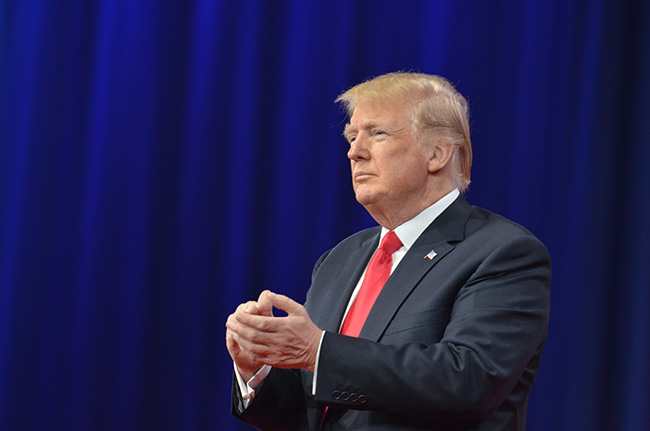
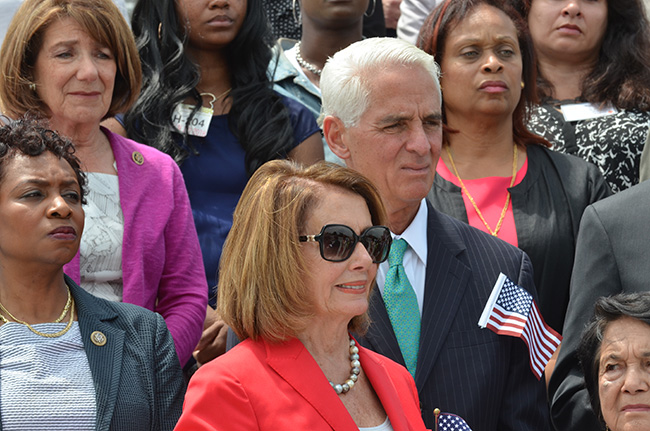
The mid-term elections cannot help but be a referendum on Trump (+). Republicans tried to also make it a referendum on the Democrats. They had a prime target to motivate their base: House Democratic Leader Nancy Pelosi, who is seen as a stereotypical San Francisco liberal. But Trump's polarizing omnipresence has limited the effectiveness of running against Pelosi. There was some talk among Democrats in the first part of 2017 about the need to replace Pelosi, but that petered out following their successes in the off-year elections. Pelosi is also a strong fundraiser. The defeat of Rep. Joe Crowley (D-NY), the fourth ranking Democrat in the House, by progressive Alexandria Ocasio-Cortez in the June 26, 2018 primary, raised questions about Pelosi's future and the direction of the party. In a sense the Clinton-Sanders division of the 2016 campaign continues. Is the face of the Democratic party Pelosi and Schumer or Bernie Sanders or even Barack Obama (1, 2)? If Democrats fall short in 2018, their decision to stick with Pelosi rather than present a new face will be seen as a key factor. For all the talk of Democrats being more energized, Republicans do have a strong motivation of their own. They have thrown their lot in with Trump, and they know that loss of the House could seriously imperil the Trump agenda. Democrats would take over committee chairmanships and have subpoena power.
The $5 Billion-Plus Elections
On Oct. 17 the Center for Responsive Politics announced its projection that "more than $5 billion will be spent during the 2018 election, making it by far the costliest congressional election cycle in U.S. history." Outside money is playing a large role. The Wesleyan Media Project reported on Nov. 1 that "the number of dark money ads on television this year is at a four-cycle high" accounting for about 11-percent of ad airings (>). In Jan. 2018, The Hill reported that the Koch network "will spend more than $400 million on conservative causes and candidates in the 2018 midterm election cycle (>)." (In July 2018 the Koch network drew headlines when it made clear it would not be writing blank checks for Republican candidates, as it pointedly declined to back a number of candidates including U.S. Rep. Kevin Cramer running for U.S. Senate in North Dakota). By mid-October, Roll Call reported that Sheldon and Miriam Adelson had spent $113 million in support of Republican efforts in the 2018 cycle. On June 20 Michael Bloomberg announced he would support Democrats' efforts to win control of the House, stating "too many [Republicans] have been absolutely feckless, including – most disappointingly – the House leadership." In July 2018, Politico reported that Tom Steyer "plans to spend at least $110 million in 2018" focusing on building out Next Gen America and Need to Impeach (>).
Election Integrity
The threat of Russian meddling in the 2018 midterm elections remains high (+). There is also the continuing struggle between Republicans and their allies and Democrats and their aliies over election integrity/voter suppression through measures such as voter ID requirements and voter roll maintenance/purges (+). A July 2018 report from the Brennan Center for Justice found that "every state in the country can and should do more to protect voters from improper purges" and that jurisdictions which have experienced racial discrimination, which prior to the U.S. Supreme Court's decision in Shelby v. Holder were subject to pre-clearance, are a particular concern (+). Georgia's "exact match" law came under particular scrutiny (+). On Oct. 9 the U.S. Supreme Court declined to take up an emergency appeal to a North Dakota law requiring voter IDs with a street address, a measure seen as likely to disenfranchise Native Americans in rural areas. Many groups are working to ensure the right to vote is protected. An interesting media initiative is ProPublica's Electionland, "a coalition of newsrooms around the country that are covering problems that prevent eligible voters from casting their ballots during the 2018 elections (>)."
Education the Key: Learn about the Candidates and the Issues
For voters there is the paradox that while there is more information than ever about the candidates, there is also more slanted, half-true and outright false information (>). In the era of "fake news," voters must look carefully at the information they are receiving (>). Trump frequently attacks mainstream media, and conservatives can make a case there is media bias. For example, the Media Research Center reports that a study of "all broadcast evening news coverage of the President from January 1 through April 30 [2018]... found 90 percent of the evaluative comments about Trump were negative (>); conservatives have also raised concerns about the social media giants (+). At the same times there are a number of conservative outlets that uncritically repeat Trump's message, completely ignoring his many false and misleading statements (>). A Jan. 2018 Rand Corporation study "Truth Decay" describes "the diminishing reliance on facts and analysis in American public life." The report states, "It has many damaging consequences: the erosion of civil discourse, political paralysis, alienation and disengagement from political and civic institutions, and uncertainty over U.S. policy." Regardless of your political persuasion, if you have the time and ability try to attend candidate events in person, pose questions, and see how or if the candidates respond. This is not always possible as some candidates hide behind consultants, endorsements, and slick ads or are masters of distraction and diversion. It is also helpful to look at the communications from the candidates themselves. Do they offer slogans and push hot button issues, or do they present ideas on how to address real problems facing our communities and our nation?
Citizens should not expect politics to let up upon conclusion of the 2018 mid-term elections; there will be a lame duck session of Congress and the 2020 presidential race, already underway, will ramp up markedly with a large number of Democrats eyeing a run (+).
Photos:
Eric
M.
Appleman/DEMOCRACY
IN
ACTION
_____________
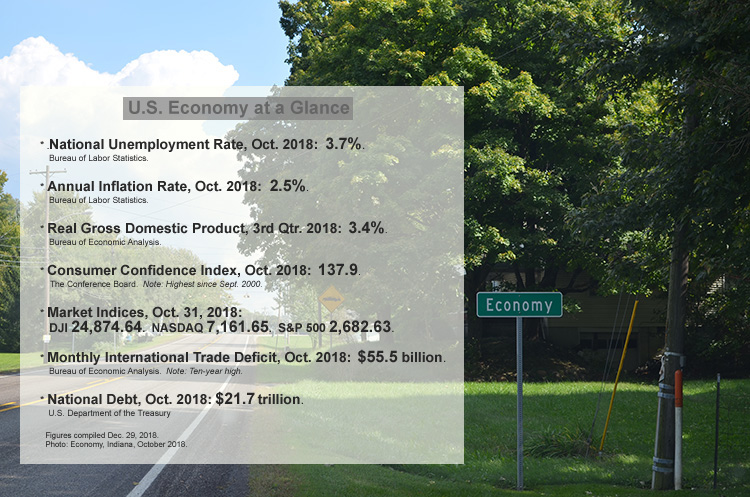
_____________

_____________
Some Relevant Press Releases
Nov. 1 - CNN To Have Around the Clock Coverage for Election Night in America 2018
Nov. 1 - Univision News Announces Extensive Broadcast and Digital Coverage of U.S. Midterm Elections on November 6
Nov. 1 - National Election Pool and Edison Research to Once Again Conduct Exit Poll of Record for 2018 Midterm Election
Nov. 1 - Oxford Internet Institute: Junk news dominating coverage of US midterms on social media, new research finds
Oct. 30 - AP announces coverage plans for midterm elections
Oct. 29 - FOX News Channel to Present Special Live Coverage of the 2018 Midterm Elections
Oct. 25 - PBS NewsHour Announces 2018 Midterm Election Night Special Coverage Plans
Oct. 23 - NPR Unveils Multi-platform 2018 Midterm Coverage
Oct. 10 - CBS News Will Deliver Comprehensive Reporting Across All Platforms on Midterm Election Night, Nov. 6
Oct. 10 - NBC News and MSNBC to Broadcast Live Coverage of the Midterm Elections
Sept. 18 - Scripps stations commit to 100 minutes of political coverage ahead of midterm elections
May 15 - AP announces debut of new Election Day survey
Parties:
Nov. 6 - Final Stats: Midterms In Review: DCCC Left It Out On The Field
Interest Groups:
Nov. 1 - Faith & Freedom Coallition Volunteers Reach 3.4 Million Voters in 2 Million Homes
Sept. 24 - By the Numbers: EMILY's List + the 2018 Midterms
Aug. 21 - LCV Victory Fund Memo: Retaking a Green Majority in the House of Representatives [PDF]
Aug. 8 - Heritage Action to spend $2.5 million and back 12 candidates this November
July 28 - 100 Days Out :HRC Doubles Staff in Key 2018 States & Races to #TurnOUT Millions of Equality Voters
June 22 - AFL-CIO: Working People Kick Off Labor 2018 Campaign
_______________
U.S. Senate
Of 35 seats at stake, 24 are held by Democrats, two others by Independents who caucus with the Democrats, and nine by Republicans. While Democrats only need a net gain of two seats, due to the map they face long odds in achieving that goal.Party Committees: DSCC [Organization] | NRSC [Organization] | FEC
Key Super PACs: D - Senate Majority PAC (+) | R - Senate Leadership Fund
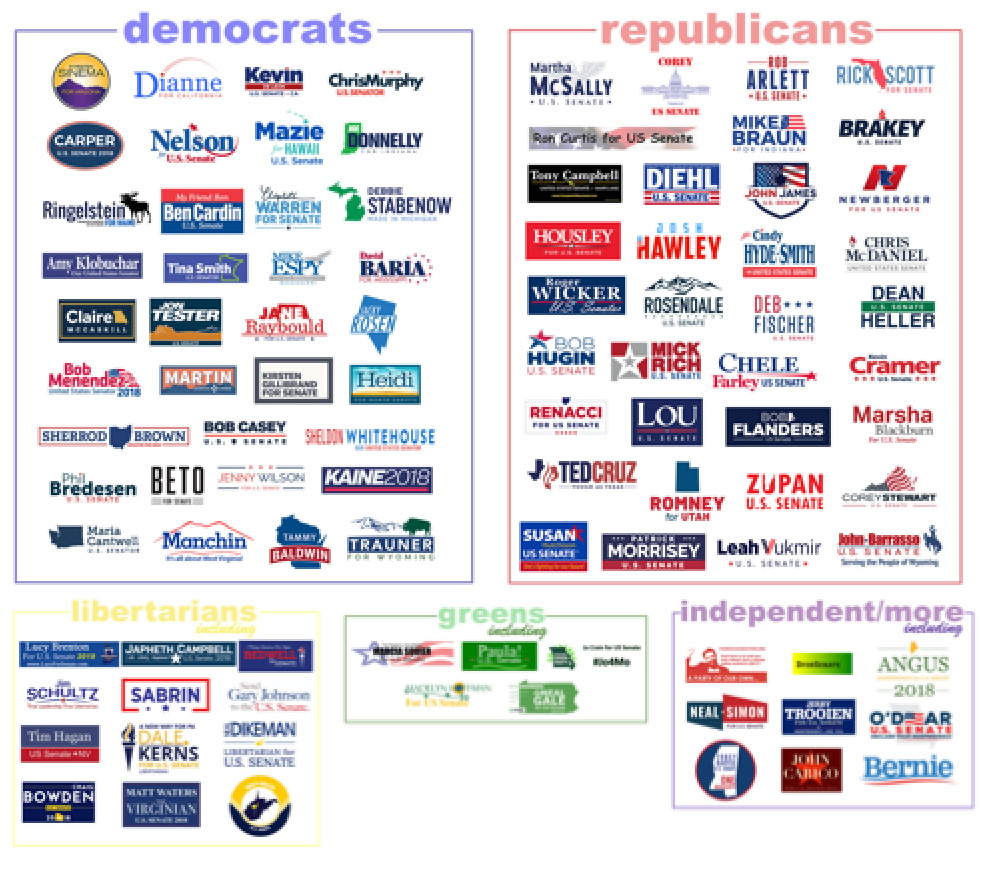
U.S. House
Democrats need a net gain of about two dozen seats. More than twice as many Republican Members than Democrats are retiring.Party Committees: DCCC [Organization] | NRCC [Organization] | FEC
Key Super PACs: D - House Majority PAC | R - Congressional Leadership Fund
see also: Roll Call's Casualty List
FairVote: Monopoly Politics
Governors
Of 36 seats at stake, Republicans hold 26, and half of those will be open (12 term-limited and 1 retirement).Party Committees: DGA [Organization] | RGA [Organization]
More: NGA | Center on the American Governor
Prognosticators: Larry J. Sabato's Crystal Ball | The Cook Political Report
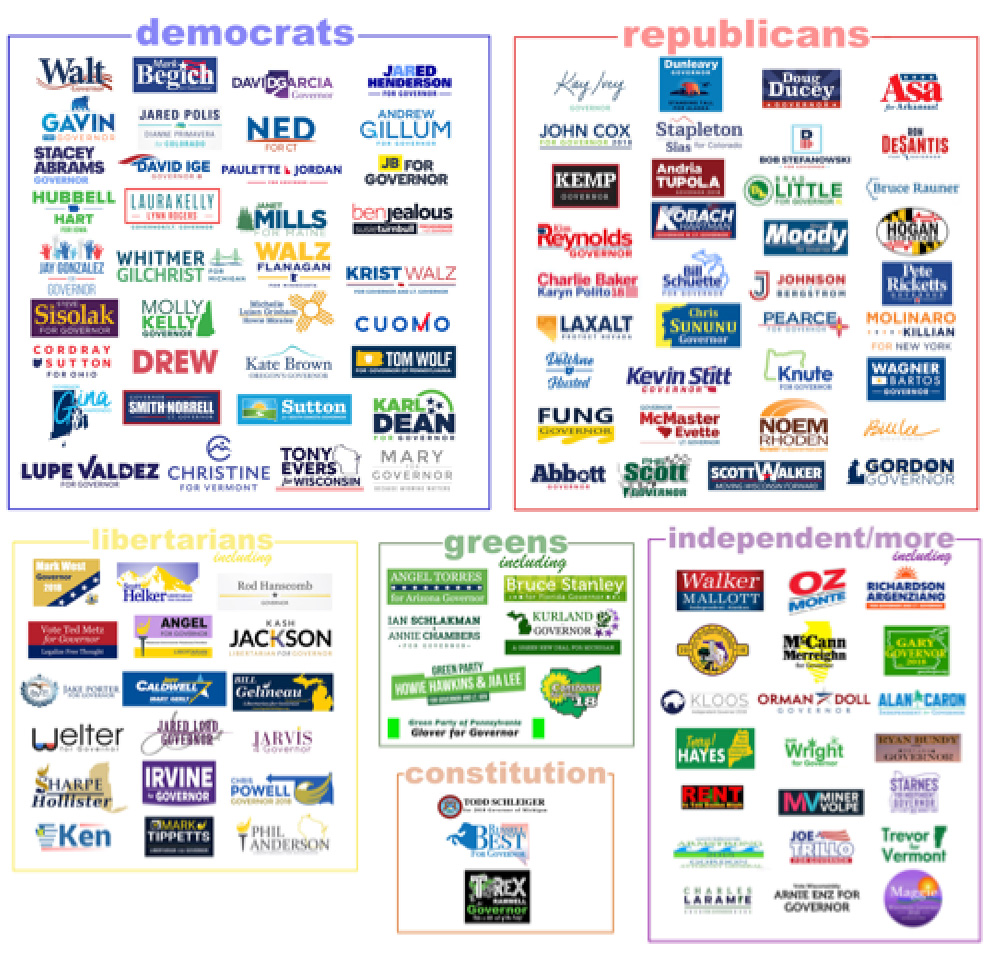
More Statewide
Party Committees:
Republican State Leadership Committee | RLGA | RSSC
Republican Attorneys General Association
Democratic Attorney Generals Association
Democratic Lieutenant Governors Association
Democratic Association of Secretaries of State
More: NLGA | NAAG | NASS
State Legislatures
Per the NCSL, legislative races in 46 states (88 legislative chambers) will be held. 6,066 seats are up for regular election—some of these will be uncontested—and there are special elections due to vacancies.
Party Committees: Democratic Legislative Campaign Committee | Republican State Leadership Committee / RLCC
NCSL: 2018 Legislative Races by State and Legislative Chamber
Initiatives and Referenda
NCSL: Statewide Ballot Measures Database
Ballotpedia: 2018 Ballot Measures
Initiative & Referendum Institute
Ballot Initiative Strategy Center (progressive)
More Links
politics1.com
Ballotpedia
2018 Libertarian Party Candidates
2018 Green Party Candidates
Constitution Party
Unite America (supports independent candidates; formerly The Centrist Project)
CAWP Election Watch
The Pro-Truth Pledge
Prognosticators
The Cook Political Report
The Rothenberg Political Report
Sabato's Crystal Ball
Primary
Dates
| Mar. |
May |
June |
Aug. |
Sept. |
||
| 6-TX 20-IL |
8-IN 8-NC 8-OH 8-WV 15-ID 15-NE 15-OR 15-PA 22-AR 22-GA 22-KY |
5-AL 5-CA 5-IA 5-MS 5-MT 5-NJ 5-NM 5-SD 12-ME 12-NV 12-ND 12-SC 12-VA* 26-CO 26-MD 26-OK 26-UT 26-NY |
2-TN 7-KS 7-MI 7-MO 7-WA 11-HI 14-CT 14-MN 14-VT 14-WI 21-AK 21-WY 28-AZ 28-FL |
4-MA 6-DE 11-NH 12-RI 13-NY Nov. 6 LA |
NCSL Primary Dates
ADVERTISEMENT
Copyright
© 2017, 2018
Eric
M.
Appleman/Democracy
in
Action.
All
rights
reserved.
